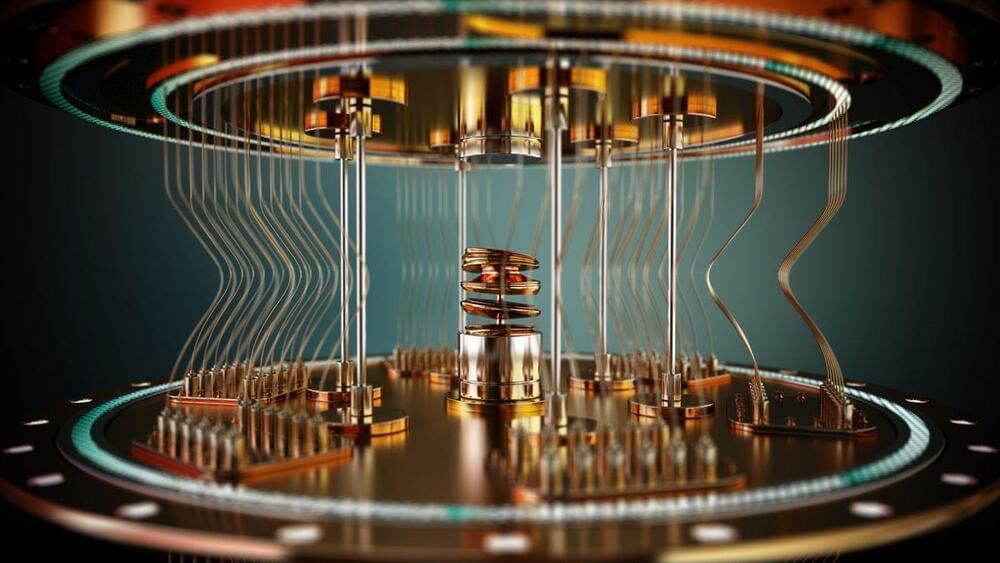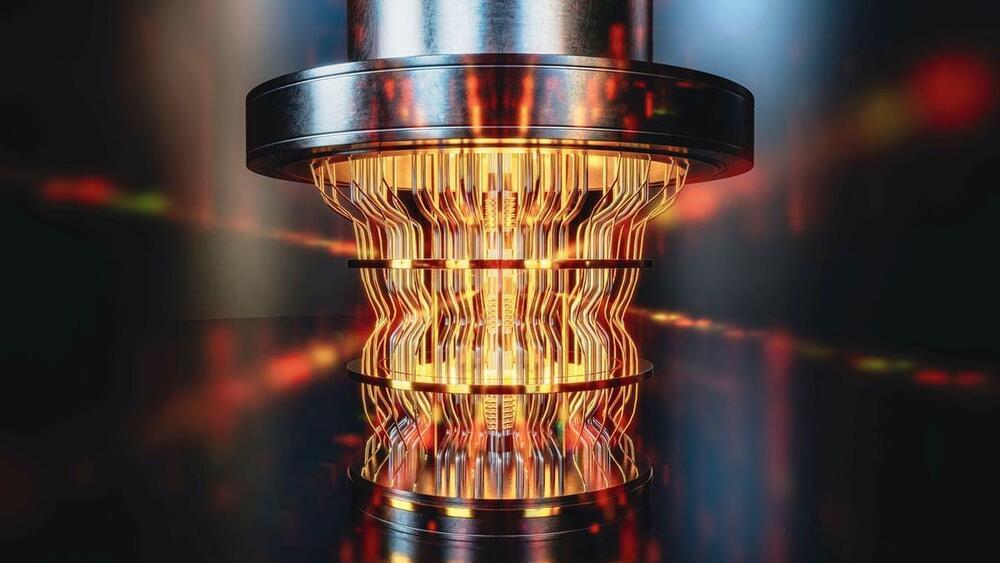Also get 49fps in BG3119fps in CS2, and 41fps in Cyberpunk 2077 using the new AMD Ryzen 8700G, all without the need for an extra CPU cooler.
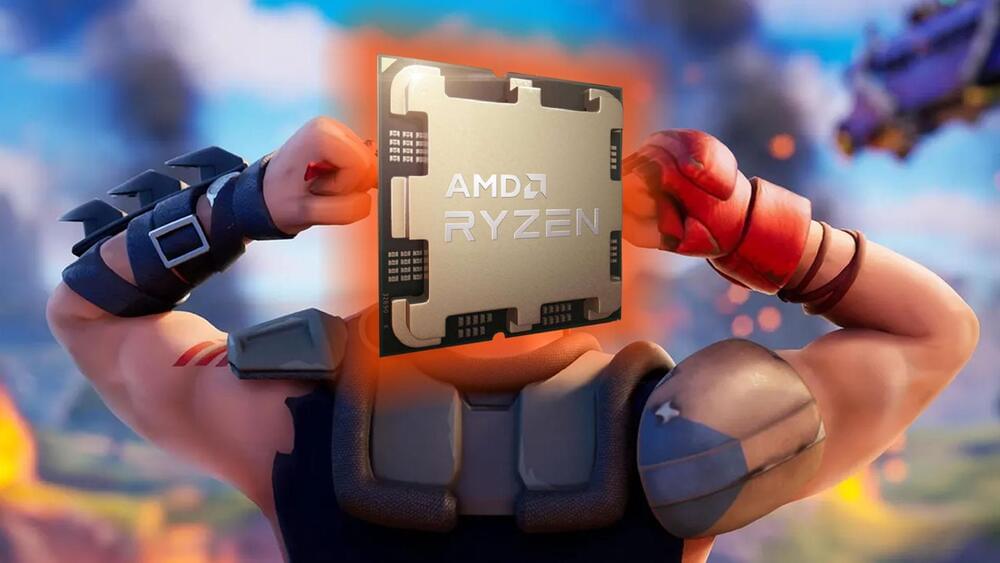

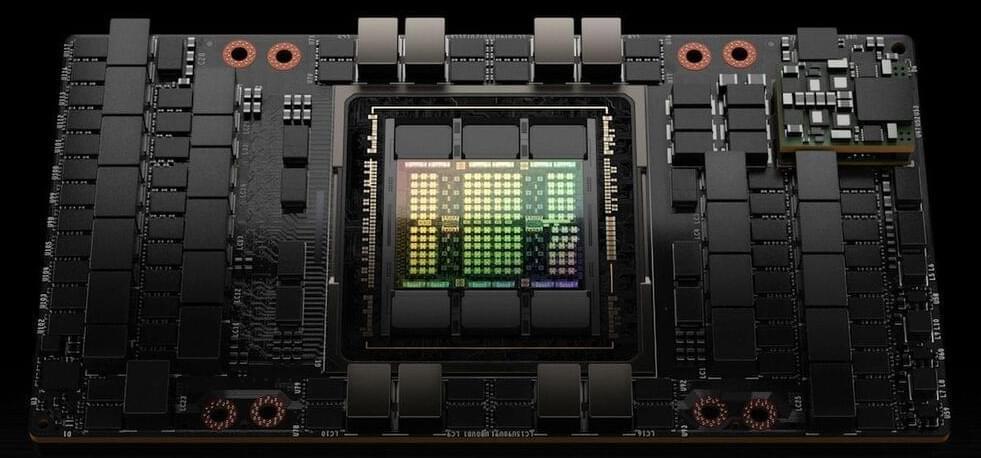
This is the first good news I’ve heard from Intel in about 5 years. All they are doing here is gluing memory chips made by others to GPUs made by others, but it is something!
Nvidia will start using Intel’s Foveros packaging technology for some of its high-performance datacenter grade GPUs in Q2, according to a report.
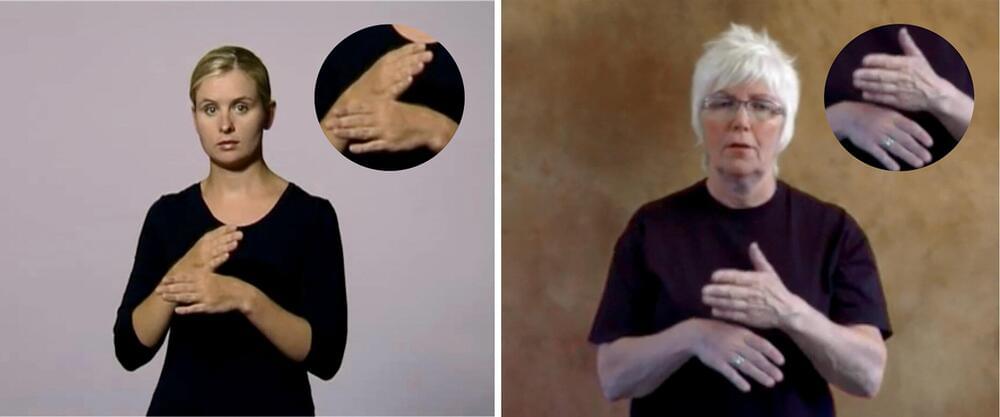
An international team of linguistics experts has traced the origins of the most common modern sign languages using a computer model to compare them against one another. The research is published in the journal Science.
In this new effort, the research team noted that while studies have traced the linguistic history of written languages, little work has been done on the origin of sign languages. They state that there are more than 300 sign languages used by hearing-impaired people around the globe, and little is known about their origins or how they might have impacted one another.
Sign languages, like spoken and written languages, are unique to groups or cultures, with many corresponding to their written counterparts—there is a Spanish sign language, for example, and French, Spanish and Japanese.
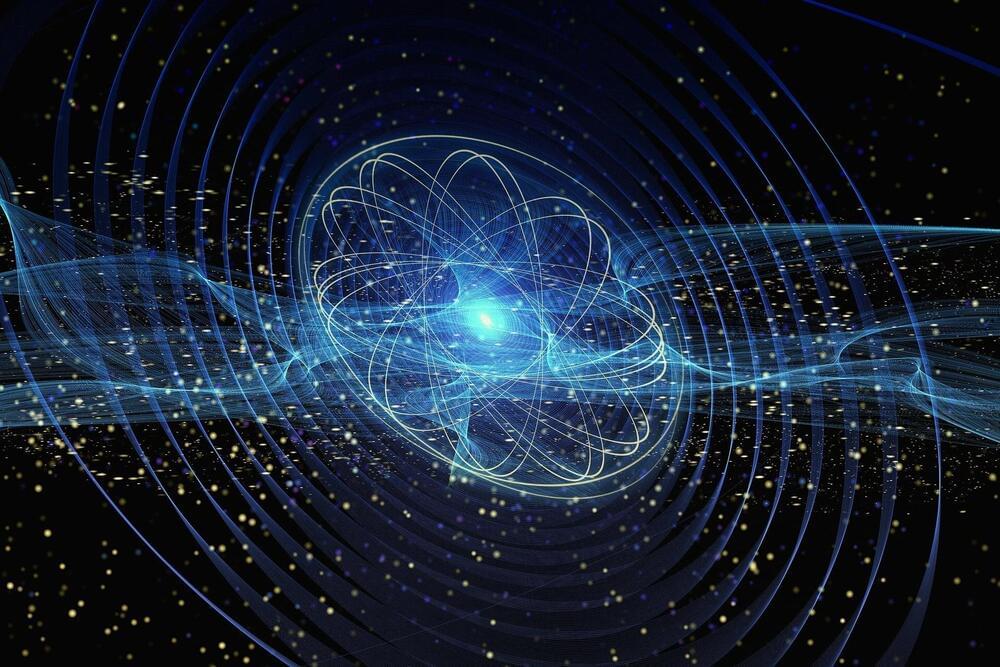
There has been significant progress in the field of quantum computing. Big global players, such as Google and IBM, are already offering cloud-based quantum computing services. However, quantum computers cannot yet help with problems that occur when standard computers reach the limits of their capacities because the availability of qubits or quantum bits, i.e., the basic units of quantum information, is still insufficient.
One of the reasons for this is that bare qubits are not of immediate use for running a quantum algorithm. While the binary bits of customary computers store information in the form of fixed values of either 0 or 1, qubits can represent 0 and 1 at one and the same time, bringing probability as to their value into play. This is known as quantum superposition.
This makes them very susceptible to external influences, which means that the information they store can readily be lost. In order to ensure that quantum computers supply reliable results, it is necessary to generate a genuine entanglement to join together several physical qubits to form a logical qubit. Should one of these physical qubits fail, the other qubits will retain the information. However, one of the main difficulties preventing the development of functional quantum computers is the large number of physical qubits required.
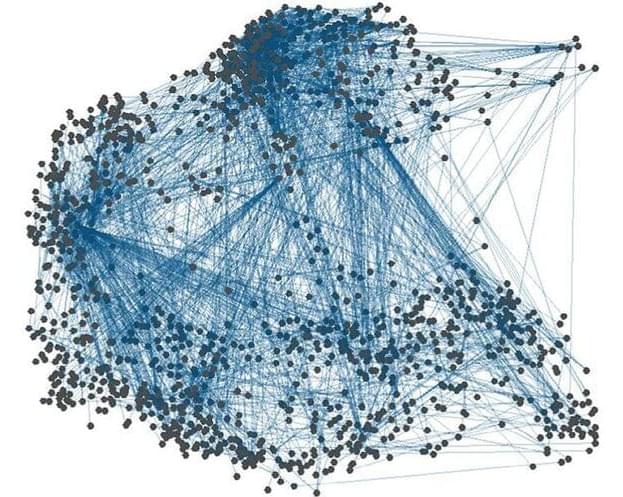

New nanocavities pave the way for enhanced nanoscale lasers and LEDs that could enable faster data transmission using smaller, more energy-efficient devices.
As we transition to a new era in computing, there is a need for new devices that integrate electronic and photonic functionalities at the nanoscale while enhancing the interaction between photons and electrons. In an important step toward fulfilling this need, researchers have developed a new III-V semiconductor nanocavity that confines light at levels below the so-called diffraction limit.
“Nanocavities with ultrasmall mode volumes hold great promise for improving a wide range of photonic devices and technologies, from lasers and LEDs to quantum communication and sensing, while also opening up possibilities in emerging fields such as quantum computing,” said the leading author Meng Xiong from the Technical University of Denmark. “For example, light sources based on these nanocavities could significantly improve communication by enabling faster data transmission and strongly reduced energy consumption.

Chemotherapy can be toxic to heart cells. To help protect the hearts of cancer patients, Cedars-Sinai investigators have created a three-dimensional “heart-on-a-chip” to evaluate drug safety. In a study published in the journal Lab on a Chip, they show that the heart-on-a-chip, created using stem cells, accurately predicts the effects of drugs on human heart cells.
The investigators worked with induced pluripotent stem cells, which are blood cells that have been reprogrammed into stem cells and can be turned into any cell type in the body. They used the stem cells to create two types of heart cells, but instead of placing them all together in an unstructured cell culture dish, as is usually done in heart toxicity testing, the investigators introduced the cells into specialized chips.
The 3D chips feature two channels that are arranged to cross each other, keeping each cell type separate but allowing them to interact. The chips also allow for movement and the introduction of fluids.
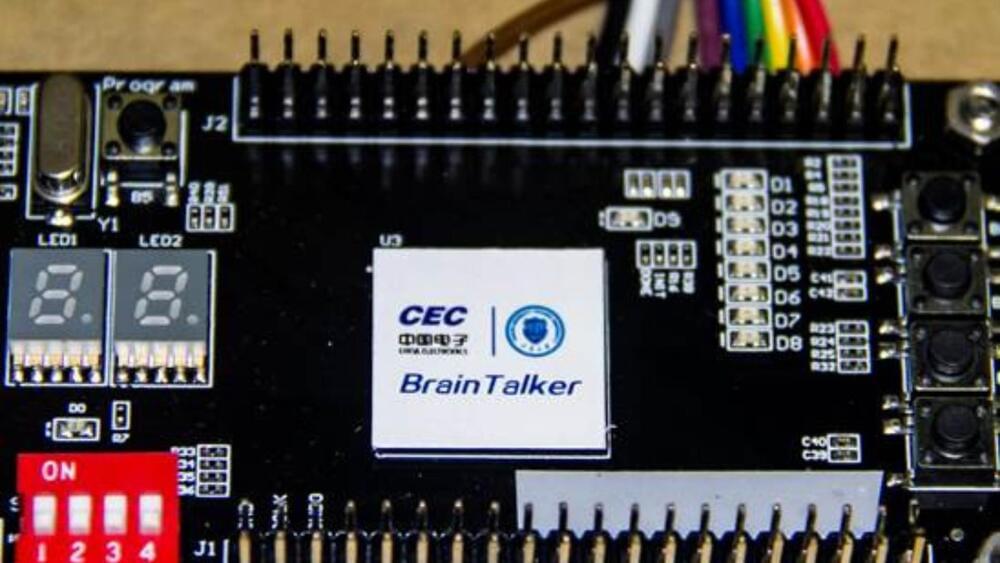
The recently published tech policy document by the Ministry of Industry and Information Technology reflects their dedication to fostering innovation and development in future industries. The roadmap emphasizes the importance of forward-looking planning, policy guidance, and cultivating new quality productive forces to support the country’s aspirations for global technological leadership.
The race for supremacy in brain-computer interfaces intensifies as the world watches China’s technological journey unfold. With Neuralink marking its milestones, China’s bold ambitions signal a new era of competition in the ever-evolving landscape of cutting-edge technologies.
The question now is not just about who will lead the race but what groundbreaking innovations lie ahead for humanity.
